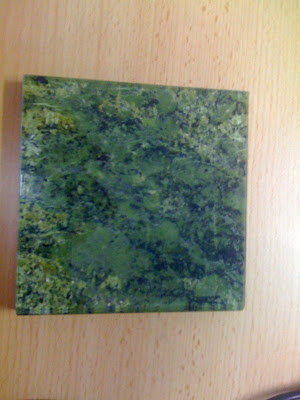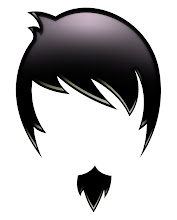The design idea going through my mind at the moment is project the materials away from the wall, suspended with studs, and have them illuminated from behind, there is a beautiful affect when you do this to thin marble tiles, as it illuminates features previously not seen. Of course, with painted glass, the light passes through a lot easier.
And there is a 3rd option: "architectural wallpaper" (a premise I find a little odd, isn't all wallpaper architectural?) Unfortunately, I don't have a reference image to show you, but one of the finished they use emulates marble, but with a rough texture, and again, when lit up, is a wonder to behold.
I shall be mulling this for the rest of the day I imagine, anyway, here are some samples for your entertainment:




Apologies for the quality, the only camera at hand is the one on my iphone. My personal fave is the first one, feels a bit more modern, followed by the 3rd, which reminds very much of wood grains.
Marble has, in the eyes of many, become something to be avoided, be associated with very classical design, and it is a rare sight these days, seemingly replaced by the most favoured (and sometimes more sterile looking) granite. It is a shame, but at the same time, our tastes change, and with it, so do designers!




